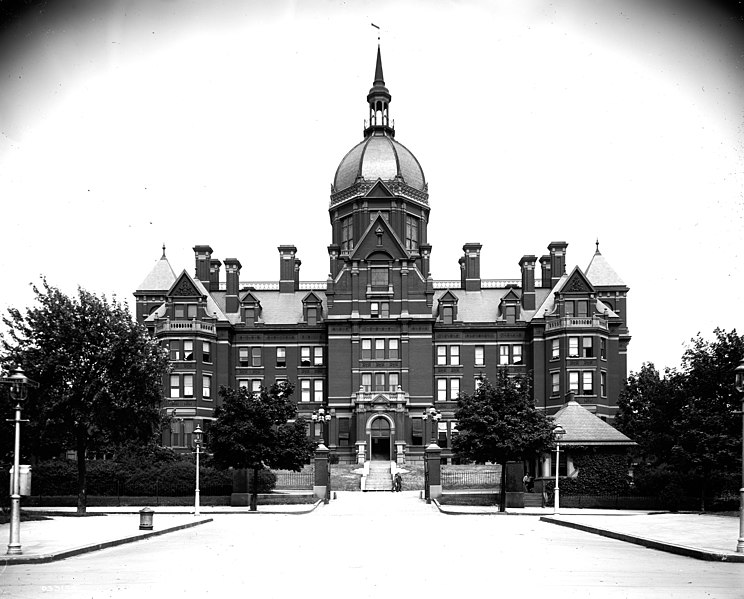3.4 Thinking Critically About Colleges and Universities

Most ideas of college and university are through physical characteristics. A town or city nearby may have a college or university with modern or classical facades, complete with buildings that hold classrooms, professors’ offices, libraries, and laboratories. Thinking critically, however, what is the role of a college or university? First, colleges, universities, and other professional schools are referred to as post-secondary institutions or tertiary education and are learning organizations that offer diploma, certificate, and degree programs through theoretical and applied foundations. Their roles are commonly to teach theory and practical application for use in the workforce which benefits the economy and mold the universal person for society.
Through this role, post-secondary institutions have experts in a diverse set of fields who teach theories to students. They attempt to carry that lineage into the future and pass it on to the next generation. Robert Florida describes universities as the drivers of innovation, not only producing graduates but also producing new ideas that can translate into society and be used for further innovation[11]. This leads to the question of what the post-secondary institution is supposed to do on a macro level.
To critically assess the post-secondary institution and its macro aims, note that it is a learning organization that fosters growth through learning and expanding that growth into the future. Peter Senge, a leading researcher on the topic, describes learning organizations as the continual expansion of knowledge capacity for desirable results[12]. Departmentalization, be it mechanistic or organic, is the key to the success of a learning organization, along with having a clear mission and vision toward organizational goals. For example, if a university is looking to create leaders of society, resources need to be applied in those areas to ensure that vision and mission are met. One key example of this is Johns Hopkins University (pictured at the beginning of this section), which sets the precedent for medical schools because of the amount of resources applied to their medical programs, to which they lead the world through their mission and vision.
However, looking at a university, like Johns Hopkins, an unattainable goal might be seen with a proverbial gate dividing the academic elite and others. In the case of Johns Hopkins, meritorious accolades are more important, given the importance of medicine on society. Even with this precedent, universities have become more accessible in the twenty-first century. Here are some statistics relating to Canadian universities:
- In 2017, 1.7 million students enrolled in Canadian universities, and 728,000 in Canadian colleges.
- There is about a 50-50 split between males and females.
- A wide array of academic programs, including many professional programs are available.
- Increases in Indigenous, first-generation, international, and students with disabilities were noted.
What are the implications of this? Unfortunately, degrees have taken a slight decline in job placement over the past two years[13], commonly referred to as a mix of the enrolment boom and multi-generational effects on employment[14]. This could be a lack of baby-boomers not wanting to retire and work longer, or the inability to retire during the financial crisis and great recession[15]. This is a macro issue that needs to be addressed on a socio-economic level. Post-secondary education can work to be more reactionary in its policies to accommodate a modern workforce and a modern economy. It would need to take a complete reframing of the educational system, with its new accessibility to address this challenge moving forward.

